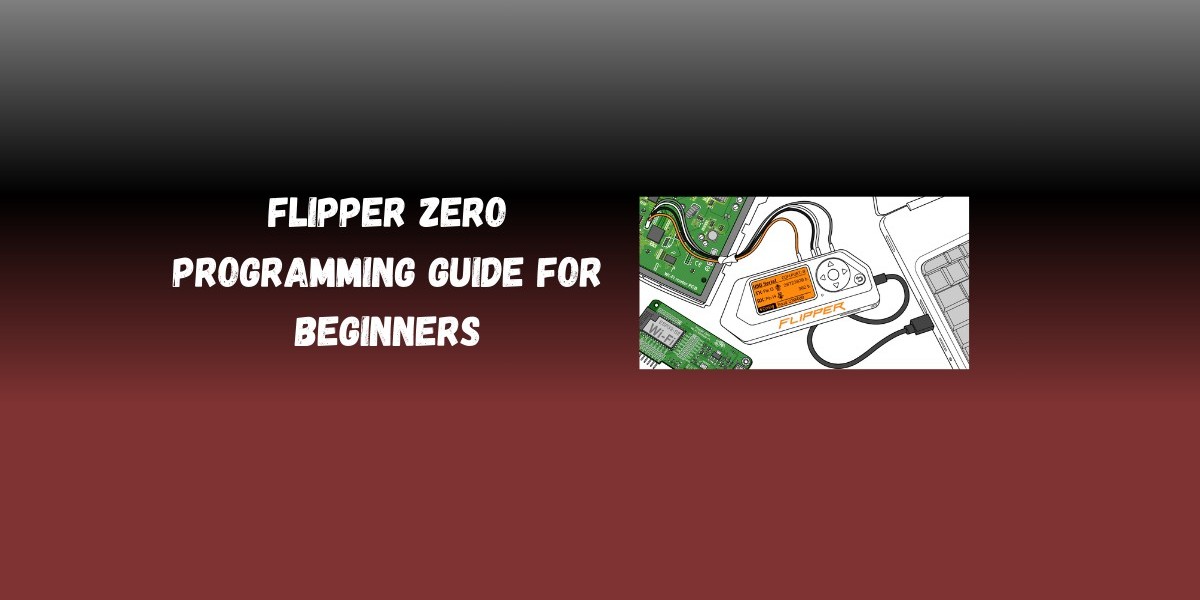Introduction
For tech enthusiasts and security researchers, Flipper Zero has quickly become a must have tool. Compact, versatile, and hacker friendly, it allows users to experiment with wireless protocols, access control systems, and more. If you’re new to this device, understanding how to get started with programming can unlock its full potential. In this article, we’ll walk you through a Flipper Zero programming guide for beginners, while also exploring how Flipper Zero Unleashed expands its capabilities even further.
What is Flipper Zero?
Flipper Zero is a portable multi tool designed for security testing and hardware exploration. Shaped like a toy but powered with serious features, it supports protocols such as RFID, NFC, Sub GHz, and infrared. Its open source nature makes it highly customizable, allowing users to extend its functionality with scripts, plug ins, and custom firmware.
Getting Started with Flipper Zero Programming
1. Setting Up Your Environment
Before diving into coding, install the Flipper Zero Firmware Updater from the official website. This tool ensures your device has the latest firmware and developer support. Beginners are encouraged to start with the official firmware before experimenting with community versions.
2. Understanding Firmware Basics
Firmware controls how Flipper Zero interacts with hardware. By modifying or installing new firmware, you can unlock hidden features and customize the device’s behavior. The most popular community firmware is Flipper Zero Unleashed, known for providing advanced options beyond the official release.
3. Writing Simple Applications
Flipper Zero supports applications written in C and Python like scripting languages. Beginners can start with small programs such as:
Sending a custom infrared signal
Reading and storing RFID tags
Automating button sequences
These mini projects are an excellent way to learn the basics of device communication.
4. Using the SDK (Software Development Kit)
The official Flipper Zero SDK provides documentation, libraries, and examples to help developers create new apps. Installing the SDK allows you to compile custom code and load it directly onto the device.
5. Flashing Firmware
When ready to test new firmware, connect your device to a PC via USB. Using tools like QFlipper or GitHub builds, you can safely flash your firmware. Always back up existing data before making changes.
Practical Uses of Flipper Zero Programming
Security Testing – Experiment with access systems, RFID tags, and wireless signals.
Automation – Program your device to automate daily tasks, such as opening a garage door with saved codes.
Learning Tool – Beginners can gain hands-on experience with embedded systems and coding.
Custom Tools – Create unique applications that suit your personal or professional needs.
Enhanced Features – With Flipper Zero Unleashed, users can push boundaries further by enabling advanced capabilities not available in the stock firmware.
Tips for Beginners
Start Small – Focus on simple scripts before tackling complex projects.
Use Official Documentation – The SDK and community forums provide valuable learning resources.
Stay Safe – Only use your device in ethical and legal contexts.
Experiment with Firmware – Try the official firmware first, then move on to community releases like Unleashed.
Join the Community – Engaging with other Flipper Zero users can help you learn faster and solve common challenges.
Conclusion
Mastering the basics of programming with Flipper Zero opens the door to endless possibilities in security testing and customization. By exploring firmware, experimenting with applications, and eventually trying community versions like Flipper Zero Unleashed, beginners can transform their device into a powerful, personalized toolkit.








